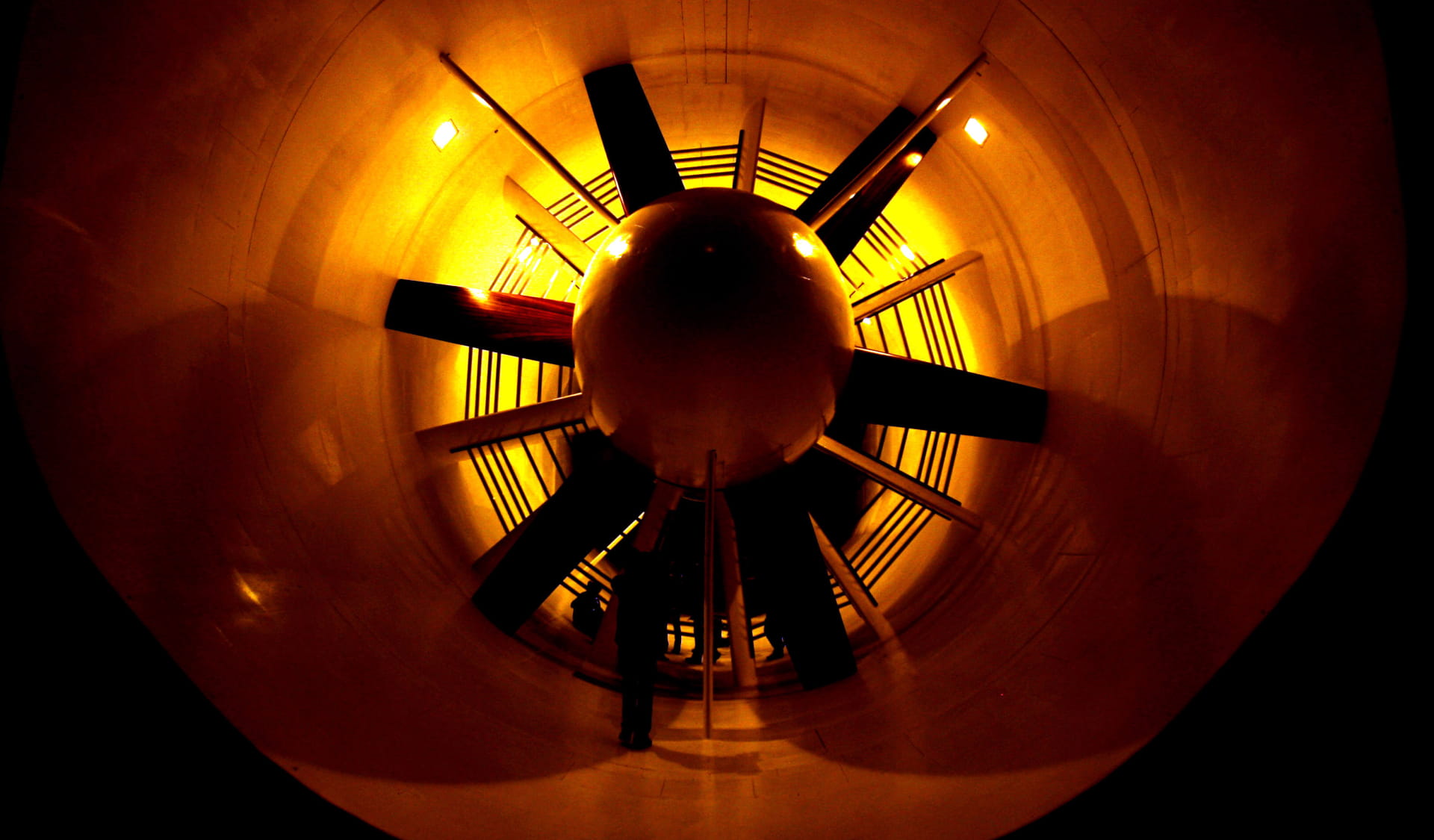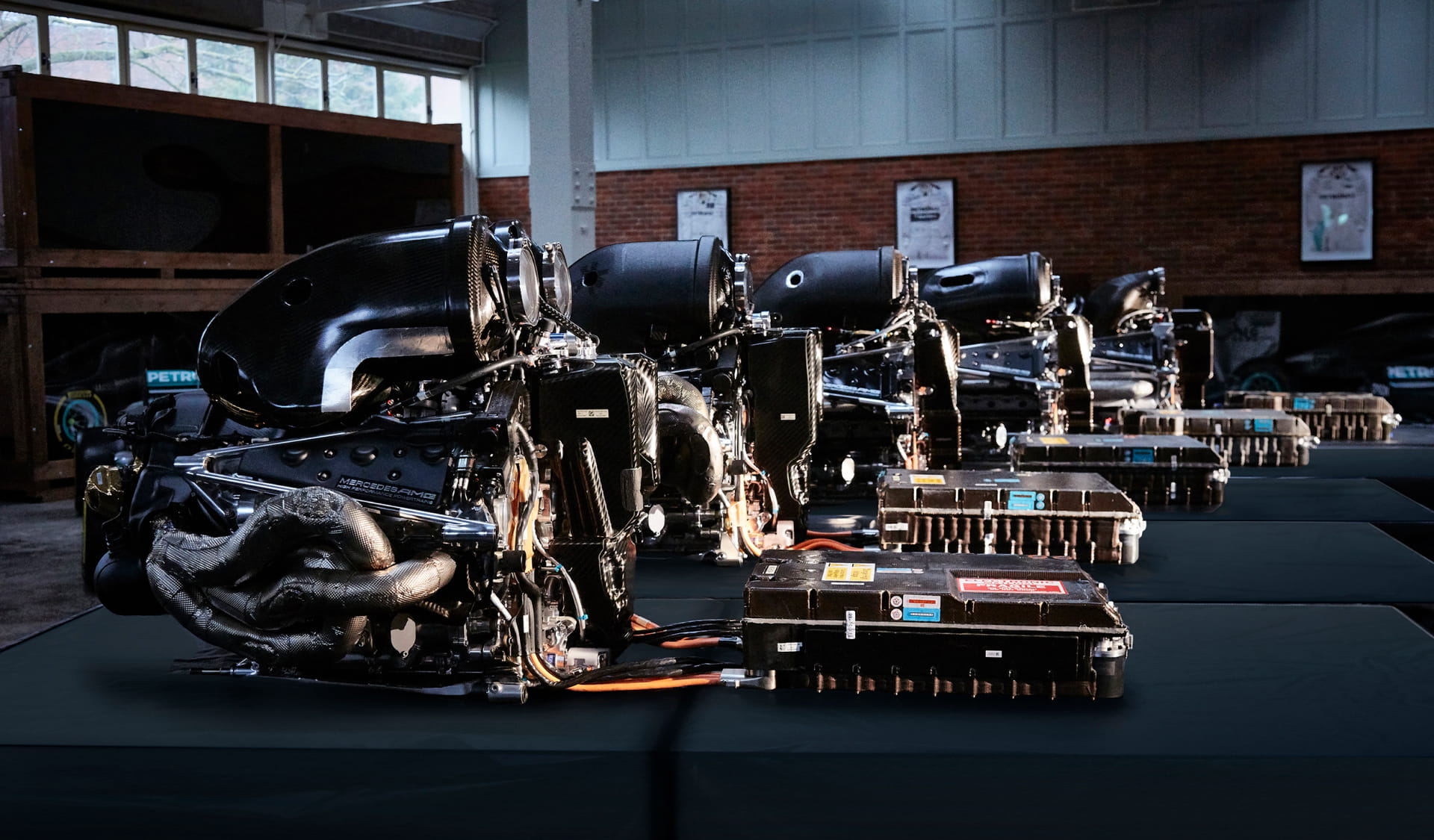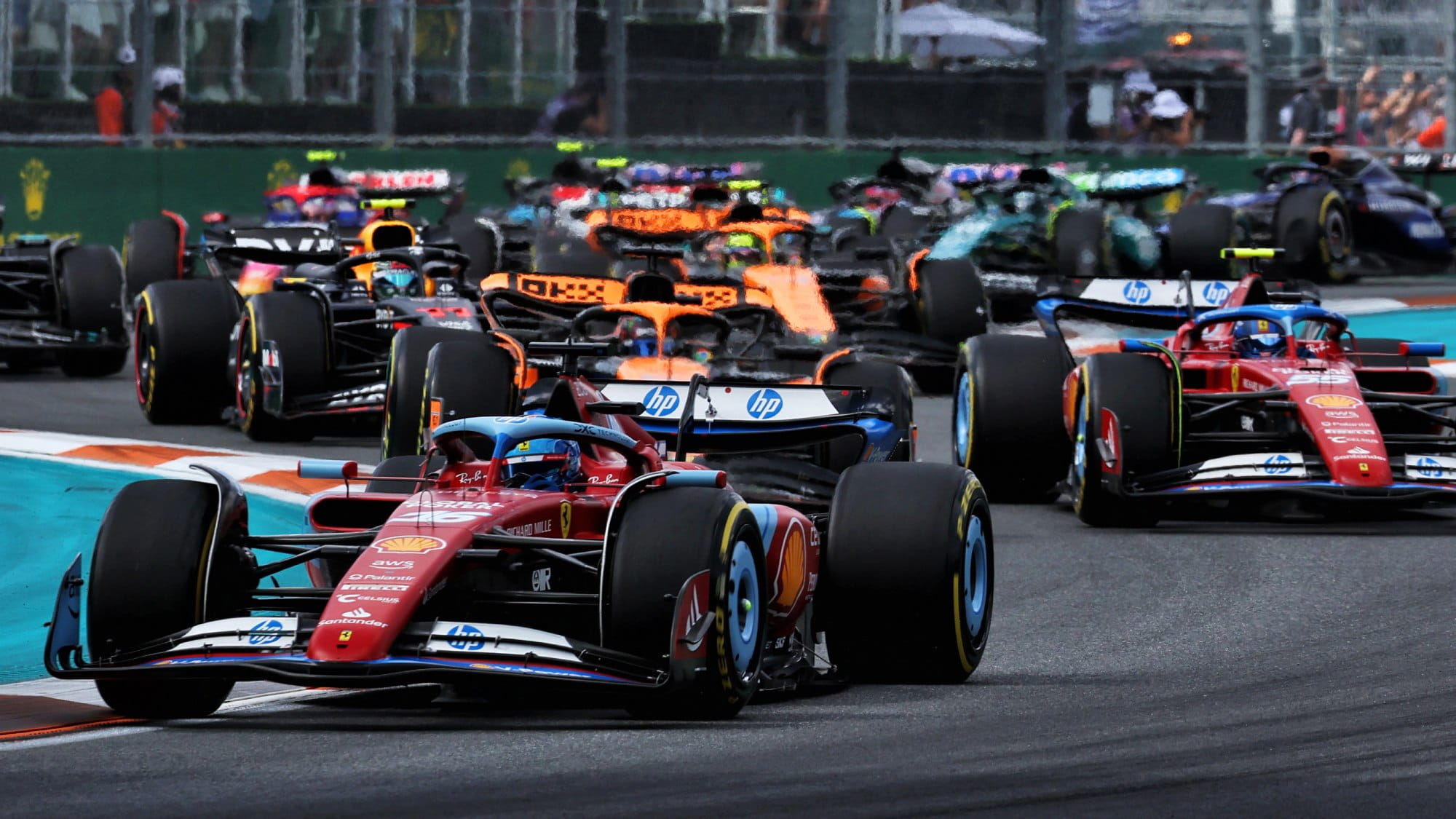Future
F1 2026 regulations: Everything you need to know including DRS and active aero changes
by Samarth Kanal
6min read
/image-(2).jpg?cx=0.5&cy=0.5)
Formula 1 will embark on a new era in 2026 as the FIA has unveiled a new set of rules for the world championship.
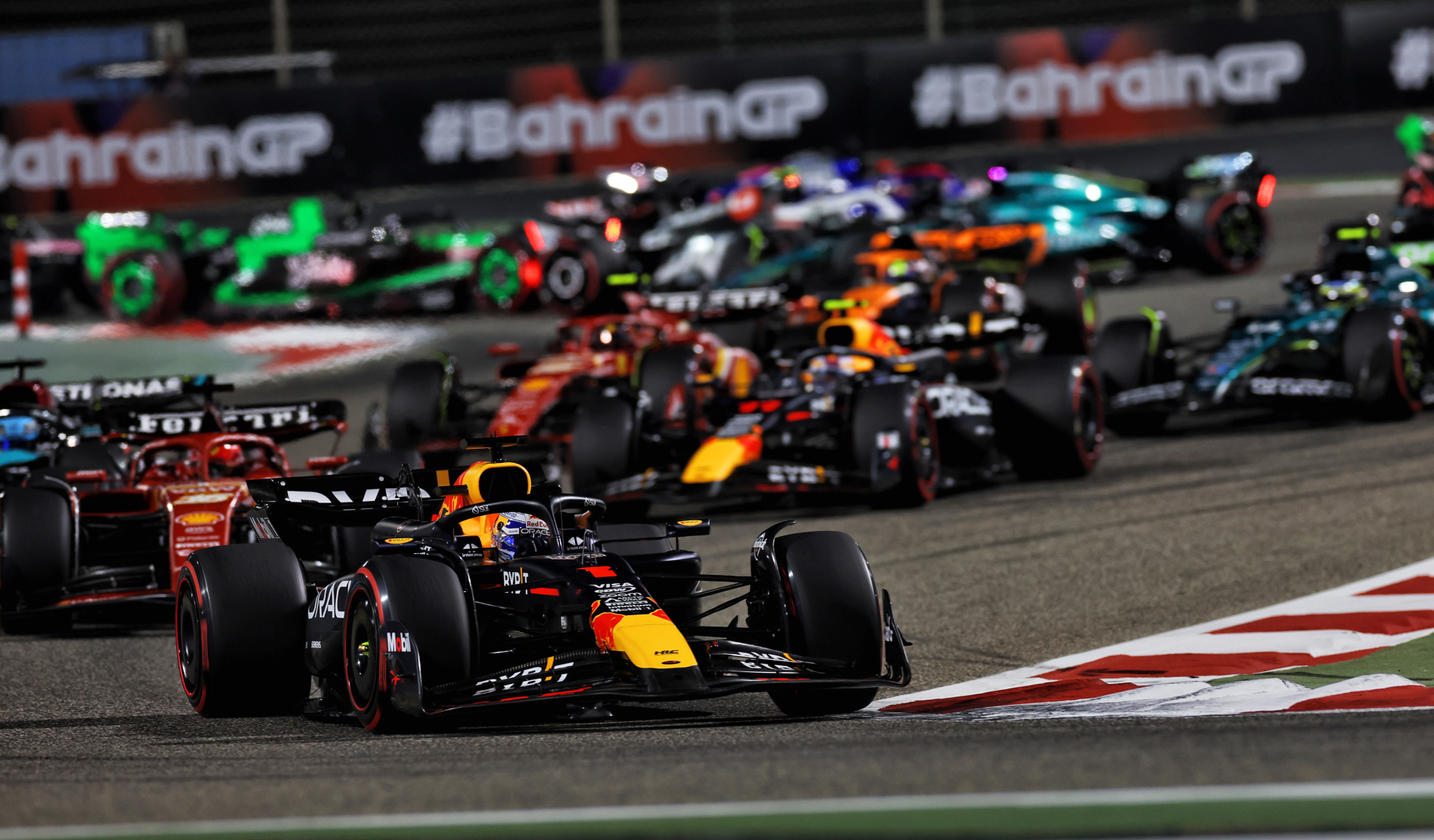
Car
The major Formula 1 technical changes for 2024
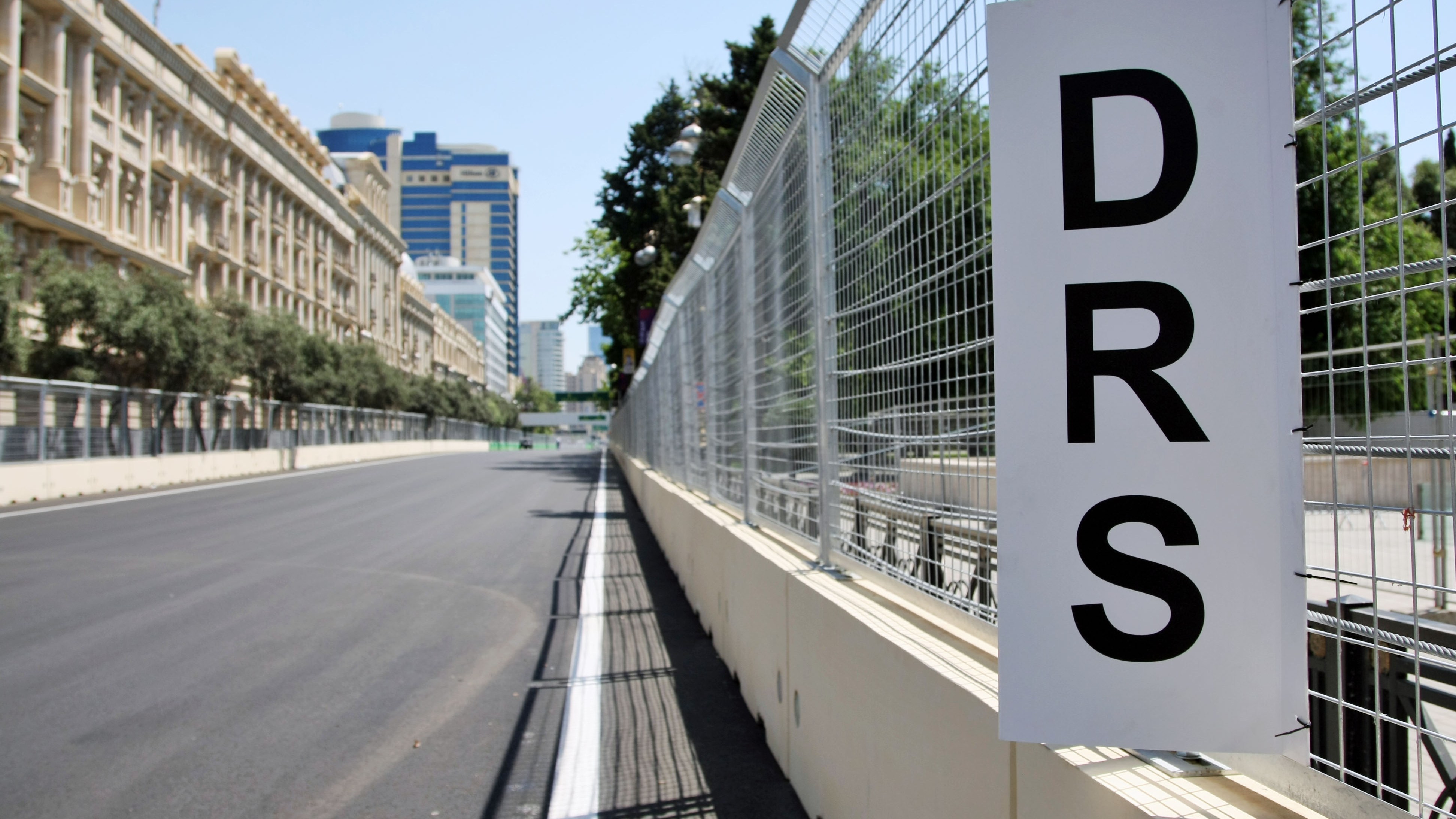
A DRS board at Baku. Currently, following drivers are able to activate DRS to reduce drag, increase top speed and give them a better chance at overtaking on specific straight
The upcoming regulations have not yet been published nor have the changes been ratified by the World Motor Sport Council – the latter will occur on June 28, 2024 – but the FIA has presented its outline for what the technical and sporting regulations are set to include.
Including the removal of DRS, improved electrical power, and lighter cars, here are the changes set to be made to F1 in the future.
A new overtaking aid replaces DRS
The 2026 F1 cars will use active aerodynamics: movable front and rear wings. This means the Drag Reduction System (DRS) will no longer feature in F1 as an overtaking aid.
As the regulations were announced on June 6, 2026, FIA single-seater director Nikolas Tombazis said: “A significant part of these regulations has involved thinking about the fans. We believe we made a step towards closer racing in 2022, but there were also things we got wrong and we're trying to get it completely right now. We believe the racing will be much more exciting and much closer between cars.”
DRS, which was introduced to F1 in 2011, can be activated by drivers when they are within one second of the car in front at prescribed points around a circuit.
We believe the racing will be much more exciting and much closer between cars
Nikolas Tombazis
, FIA single seater director
From 2026, drivers will be able to use active aerodynamics to reduce downforce and drag on any straight, whether they are following or chasing another car. This will increase their top speed and therefore cause the Motor Generator Unit - Kinetic (MGU-K) to regenerate more energy from the brakes at the end of the straight. Of course, if the following and chasing car both activate this system, they will essentially cancel each other out.
The new overtaking aid comes in the form of a ‘Manual Override’ concerning the MGU-K. From 2026, every driver will see energy deployment from the MGU-K taper off when they reach 290km/h, and reach zero at 355km/h. The driver following will however be able to activate that MGU-K Override, which gives them 350 kilowatts (kW) of extra energy and 0.5 Megajoules (MJ) of extra energy up to 337km/h.
The specifics – including how close the following driver will need to be and at which points and how often they can activate the Override – are yet to be announced.
.jpg?cx=0.5&cy=0.5)
The front and rear wing of the new F1 car is set to include movable elements as F1 introduces active aerodynamics
As touched on before, drivers will be able to use active aerodynamics to their advantage. They will be able to use two modes at predetermined points around the track: X-Mode and Z-Mode. X-Mode will use the moving elements of the front and rear wings to reduce drag on the straights, in a similar manner to the existing DRS. Z-Mode will be the default setting that increases downforce and cornering speeds.
FIA head of aerodynamics Jason Somerville explained in the FIA’s Q&A document: “One of the main changes for 2026 aerodynamically hinges on reducing the drag from the rear wing. In order to reduce the overall drag, we have an active portion of the rear wing, akin to the DRS system that we currently have, although with more moving elements, which move to a greater degree.
“From our simulation work with the teams and their drivers, as soon as you have a rear wing that moves to reach the target drag level, it was clear that you needed to have an active front wing to match the balance characteristics. There were certain conditions where the drivers didn't feel comfortable with a large forward aero balance, meaning lots of downforce on the front and not much downforce on the rear. So that led us towards the need to have an active front wing, as well as an active rear wing.”
With new rear and front wing designs, the FIA estimates that downforce will be reduced by 30% and drag by 55%.
.jpg?cx=0.5&cy=0.5)
The new front wing is set to include three elements rather than the four elements that F1 front wings currently have
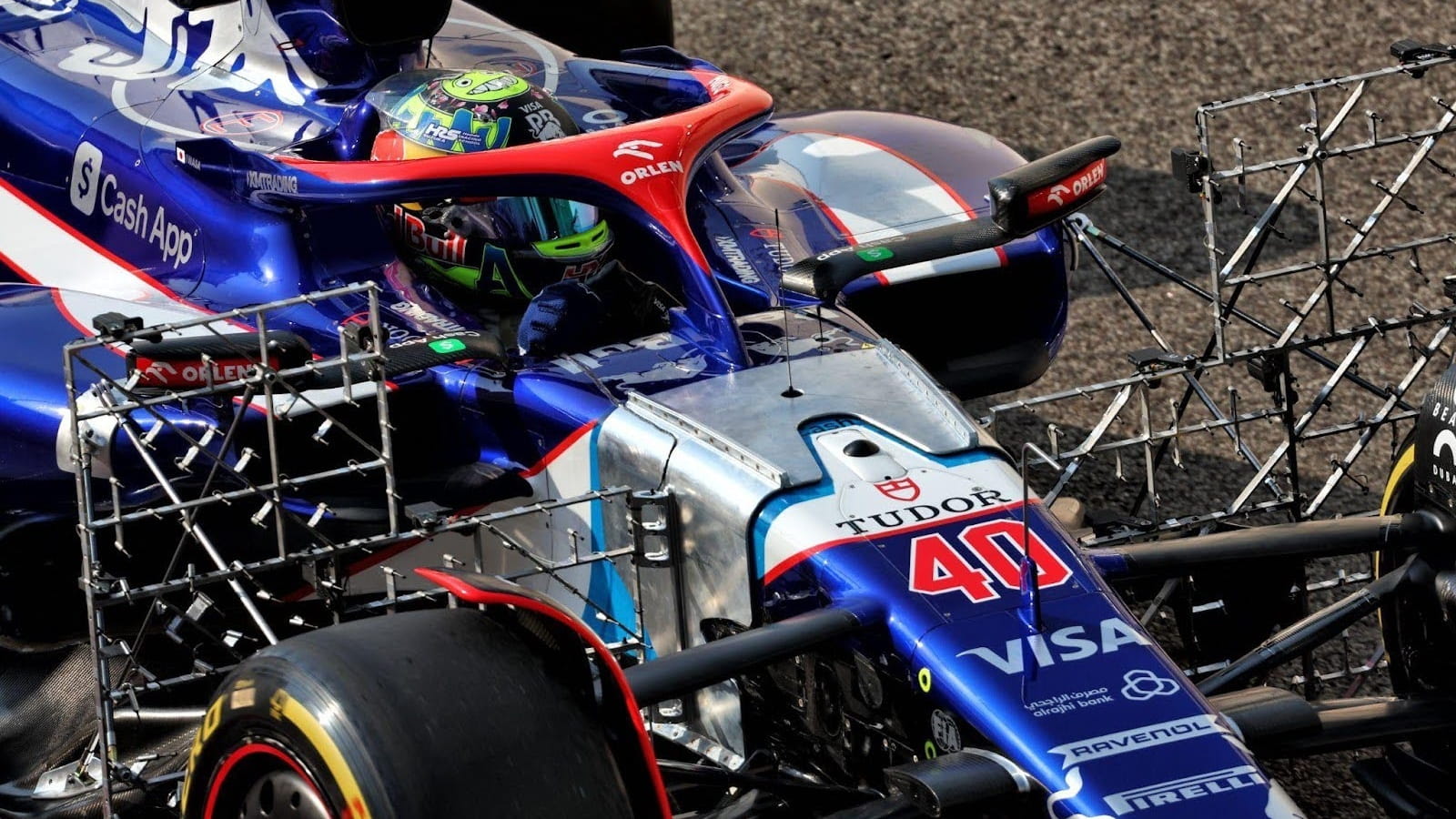
Car, Event, Innovation
Every major Formula 1 upgrade of the 2024 F1 championship
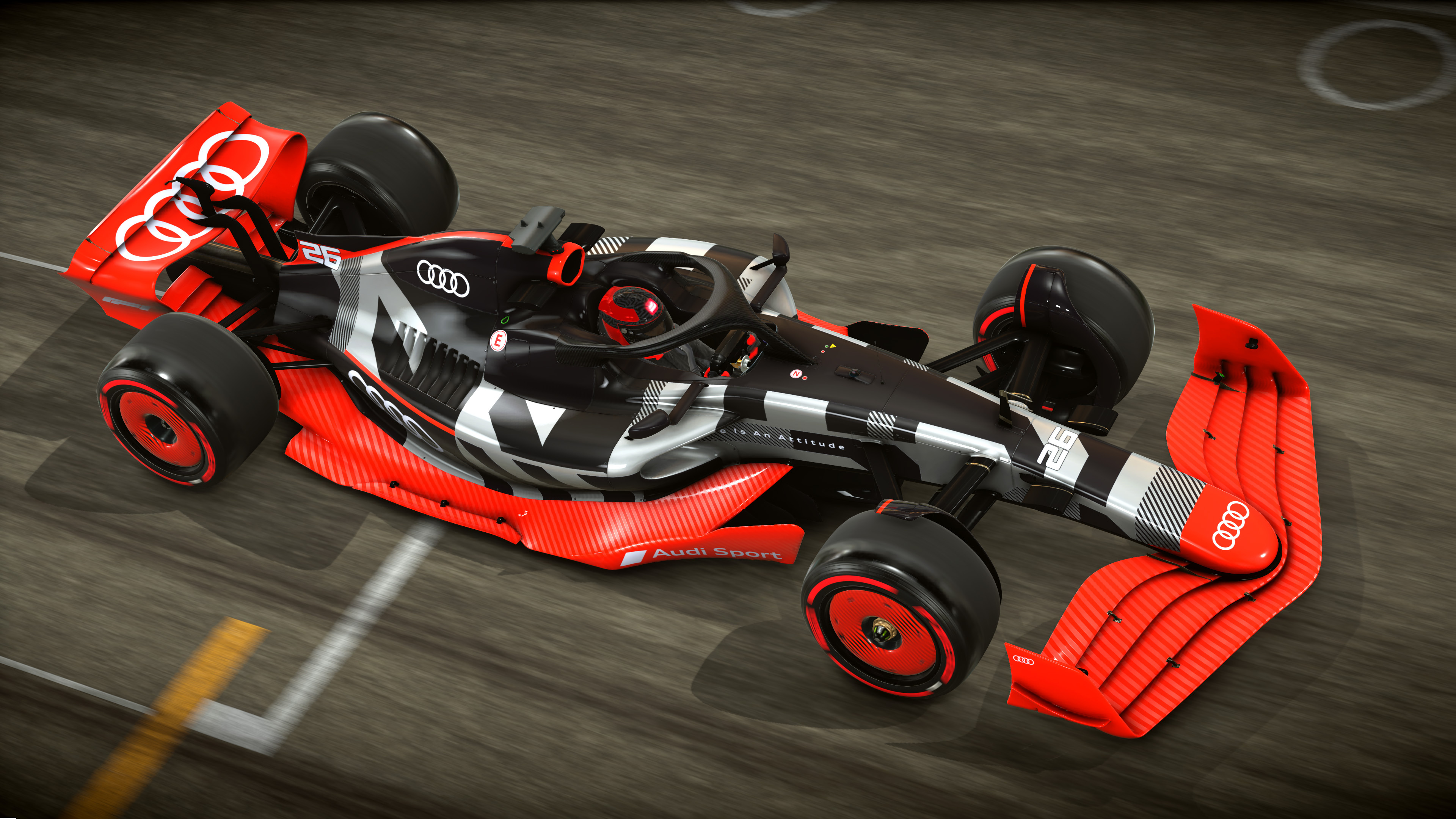
Audi will enter F1 in 2026 having acquired Sauber Group
2026 power unit changes
The next generation of F1 power units are set to derive more of their power from the electrical element of the engine and less power from the internal combustion engine. The Motor Generator Unit - Heat (MGU-H), which converts heat energy from exhaust gases to potential energy, will be removed for cost and simplification reasons. Instead, the MGU-K, which harnesses braking energy, will be expanded, and the battery element of the power unit will provide 350kW of energy compared to its current output of 120kW.
“We want to have the focus of the development on the energy storage and the MGU-K, which means the combustion engine is not supposed to become as big a performance differentiator as it potentially is now,” said FIA single-seater technical director Jan Monchaux in the same FIA Q&A document that was issued as the rules changes were announced.
The amount of energy that can be recuperated during braking is set to double and drivers will now have 8.5 MJ of energy to recuperate per lap.
“We also are putting together an assurance scheme to be able to check the source of all the components that will be used by the fuel suppliers to produce the sustainable fuels,” said FIA head of powertrain Vincent Pereme.
From 2026, there will be two new power unit manufacturers as returnee Honda and newcomer Audi will join Mercedes, Ferrari, Renault, and Red Bull Powertrains – which will rebrand to Red Bull Ford Powertrains.
“The new sustainably fuelled hybrid power unit presents a huge opportunity for the global automotive industry, the drop-in fuel has the potential to be used by cars around the world and dramatically cut emissions,” said F1 CEO Stefano Domenicali in the FIA’s release on June 6, 2024.
The new sustainably fuelled hybrid power unit presents a huge opportunity for the global automotive industry, the drop-in fuel has the potential to be used by cars around the world and dramatically cut emissions
Stefano Domenicali
, F1 CEO
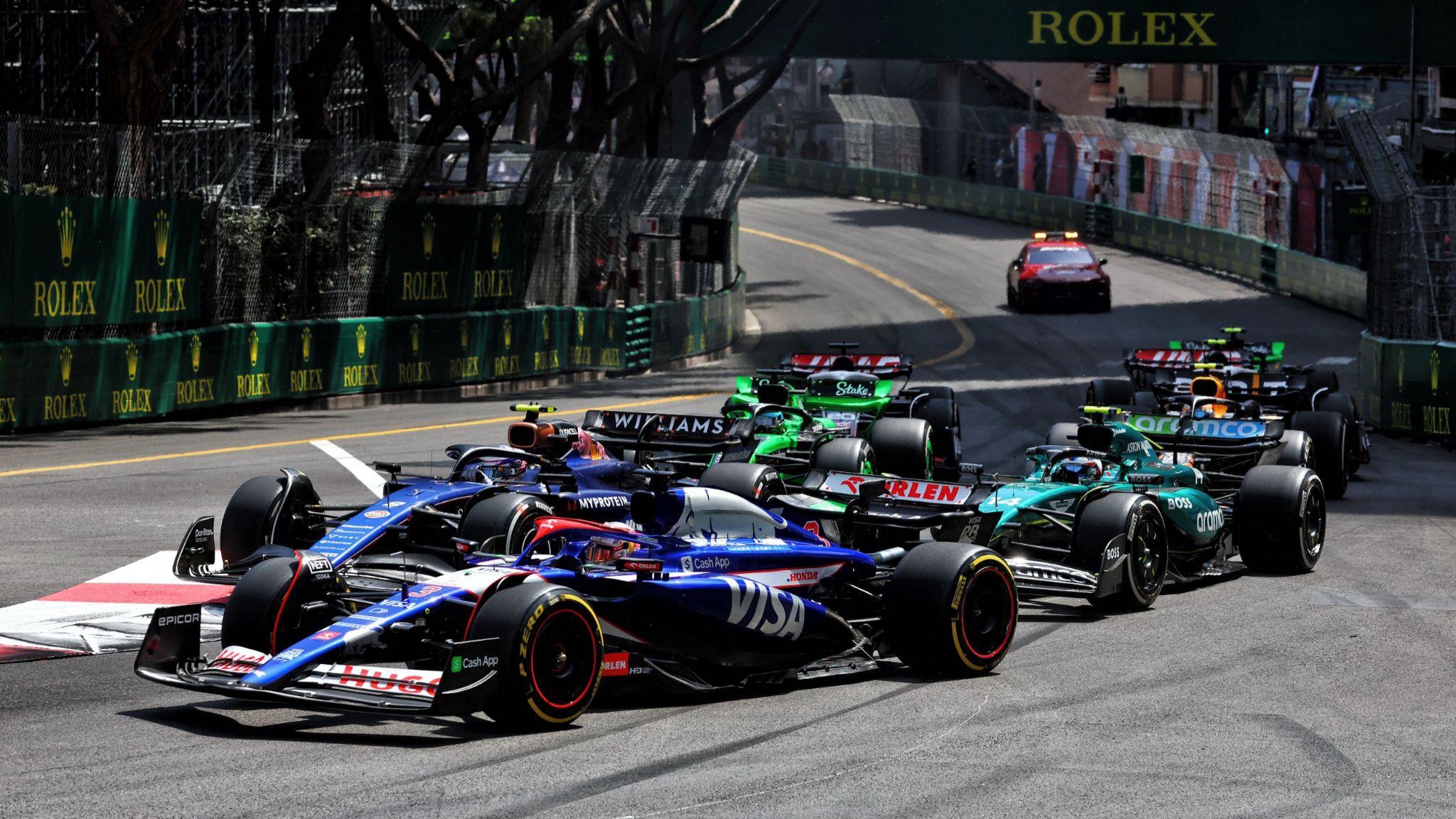
F1 power units are to be simplified in 2026 with the removal of the MGU-H as power unit suppliers will focus on harnessing the MGU-K
Lighter and ‘nimbler’ cars
The next F1 car is set to be smaller as its wheelbase is set to shrink from 3,600mm to 3,400mm and its width is set to reduce from 2,000mm to 1,900mm. Furthermore, the maximum floor width will reduce by 150mm.
Tombazis added in the FIA’s release: “The cars will have quite a visual difference to the current cars. They will be a bit smaller in dimensions. We’re trying to make what we call a ‘nimble’ car – smaller in all dimensions and also a bit lighter. There will be some visual cues for that – the front wings, the tyres will be different, the rear wings – that will make the cars quite distinct from the current generation of Formula 1 cars.”
The cars are set to be 30 kilogrammes lighter than before with a minimum weight of 768kg. The FIA has calculated this by estimating the car and driver at 722kg and the tyres at 46kg. Part of that 30kg weight saving therefore comes from the tyres; while F1 will continue to use 18-inch wheels as it has done since 2022, the width of the front tyres will be reduced by 25mm and the rear tyres by 30mm. The FIA also expects extra weight-saving from suspension changes.
As the new aerodynamics are set to produce less downforce, the stress on the tyres and suspension will be reduced – and the FIA therefore expects the tyres to produce similar levels of grip.
continues below
.jpg?cx=0.5&cy=0.5)
The next generation of F1 cars are set to be 30kg lighter thanks to reduced dimensions and improved weight-saving
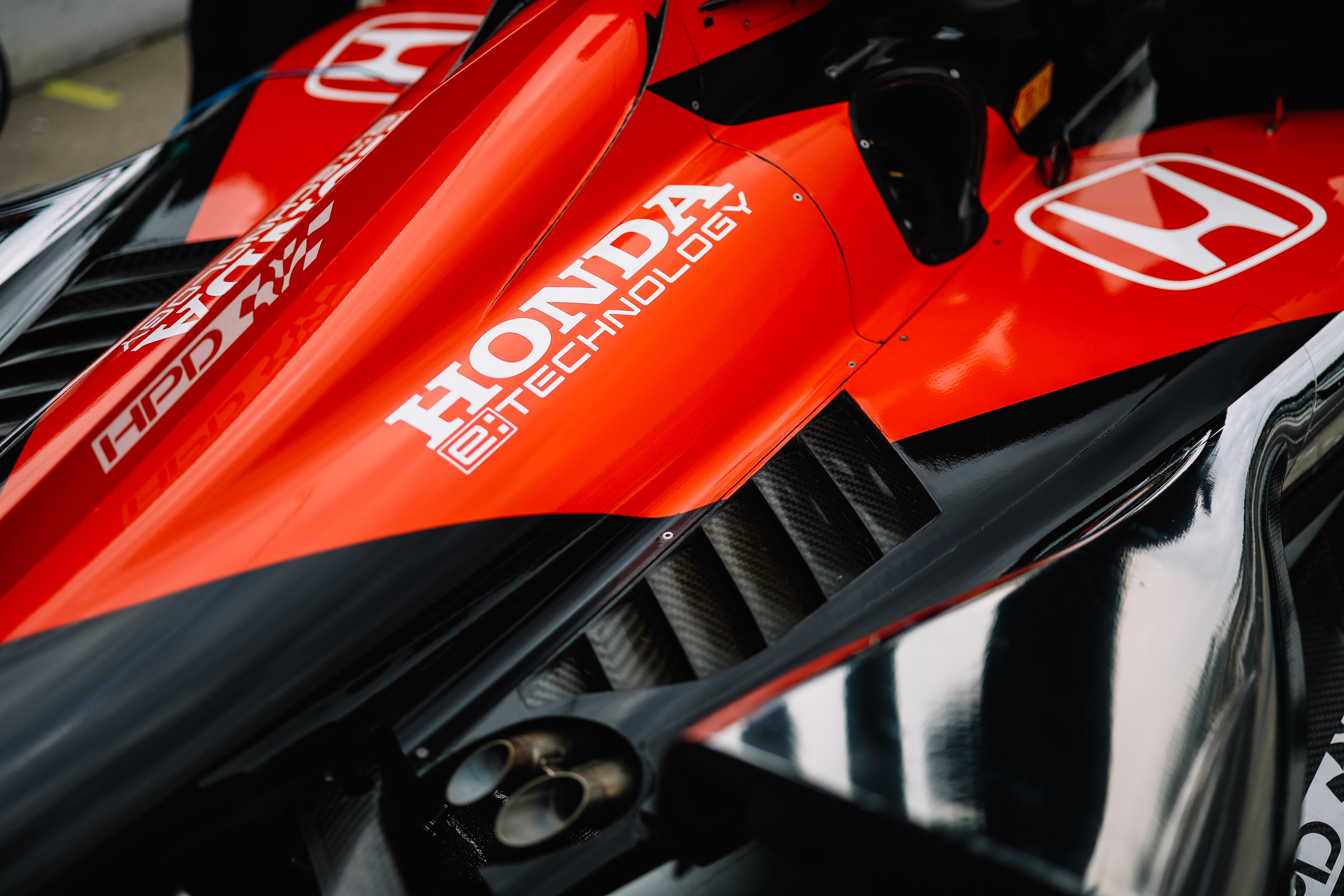
.jpg?cx=0.5&cy=0.5)
.jpg?cx=0.5&cy=0.5)
.jpg?cx=0.5&cy=0.5)
.jpg?cx=0.5&cy=0.5)
.jpg?cx=0.5&cy=0.5)
